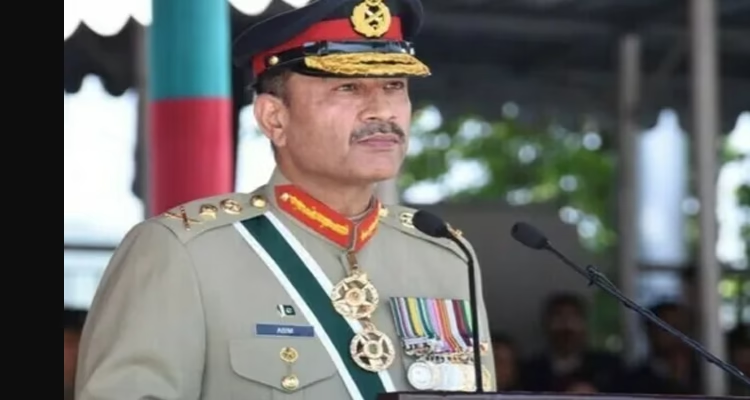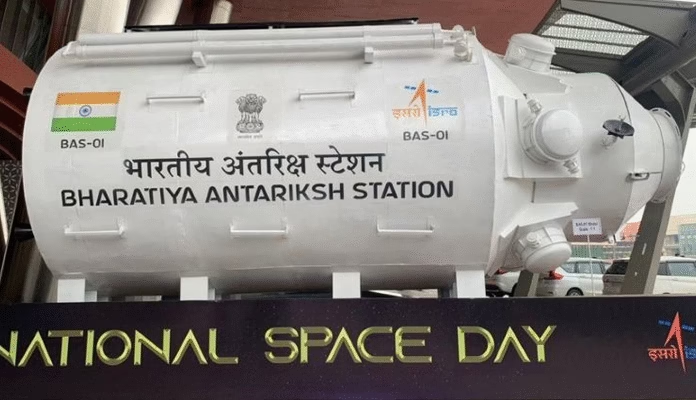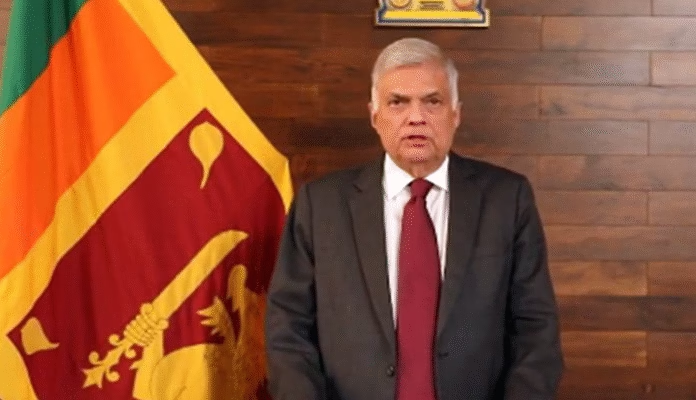
Operation Sindoor Aftermath: Asim Munir Awards Himself Hilal-i-Jurat, Leaders Get Nishan-i-Imtiaz
News Desk: In a move raising eyebrows at home and abroad, Pakistan’s Army Chief Field Marshal Asim Munir has conferred upon himself the Hilal-i-Jurat—the nation’s second-highest wartime gallantry medal, equivalent to India’s Maha Vir Chakra—on the country’s Independence Day, crediting his leadership in the recent conflict with India.
The announcement, made by the Inter-Services Public Relations (ISPR), was part of an unprecedented awards blitz honouring Pakistan’s top military and political brass for what the government calls a decisive triumph in Operation Bunyanum Marsoos and Marka-i-Haq (“Battle of Truth”). The conflict followed India’s Op Sindoor, launched in retaliation for the April 22 Pahalgam terror attacks.
According to the citation, Munir led the war effort from April 22 to May 10 with “unquestionable courage, military prowess, and unshakeable patriotism.” Alongside him, Air Chief Marshal Zaheer Ahmed Babar Sidhu, Naval Chief Admiral Naveed Ashraf, and Joint Chiefs Chairman Gen Sahir Shamshad Mirza received the Nishan-i-Imtiaz (Military) for their respective roles. Senior intelligence and operational commanders, including ISI DG Lt Gen Muhammad Asim Malik and ISPR DG Lt Gen Ahmed Sharif Chaudhry, were decorated with the Hilal-i-Imtiaz (Military).
But it was the civilian leadership’s award sweep that drew the most attention. Prime Minister Shehbaz Sharif, Deputy PM Ishaq Dar, Defence Minister Khawaja Asif, Information Minister Attaullah Tarar, Law Minister Azam Nazeer Tarar, Interior Minister Mohsin Naqvi, and PPP Chairman Bilawal Bhutto Zardari all walked away with the Nishan-i-Imtiaz, Pakistan’s highest civilian honour, for their roles in wartime diplomacy, propaganda, legal offensives, and internal security.
Every member of Pakistan’s international delegation—including high-profile diplomats and ministers—was also honoured for “countering India’s narrative” at global forums. The massive awards list further included 8 Sitara-i-Jurat, 5 Tamgha-i-Jurat, 24 Sitara-i-Basalat, 45 Tamgha-i-Basalat, 146 Imtiazi Asnad, and 259 commendation cards.
Critics say the event looked less like a sober military commendation and more like a choreographed victory lap by the ruling elite.



